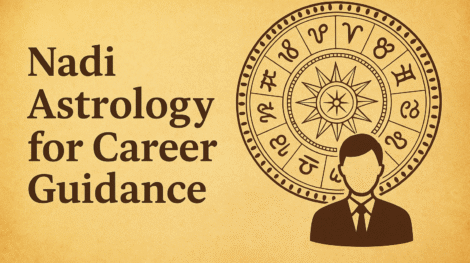In an era where career choices define much of our lives, people often seekunconventional methods for clarity and direction. One such ancient practice is NadiAstrology, a mystical system rooted in Indian traditions that promises personalizedinsights ...

